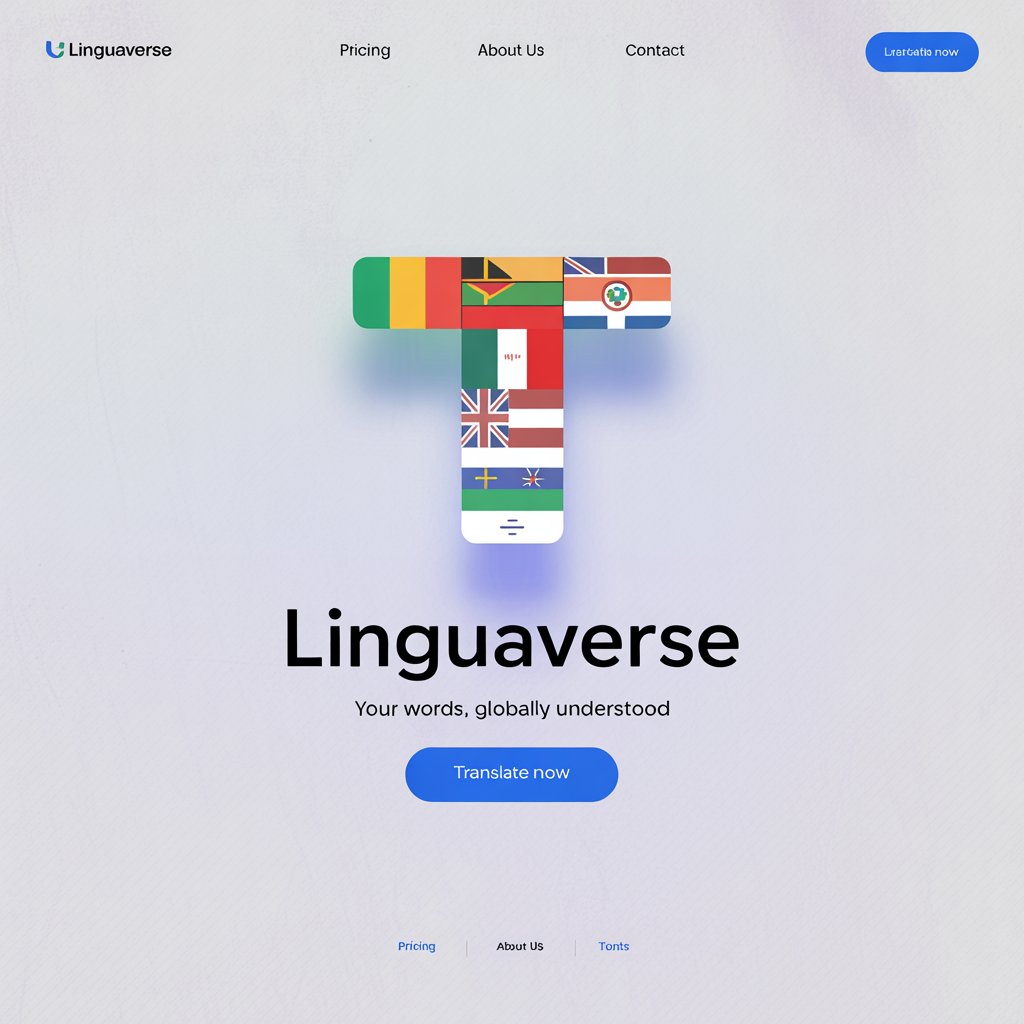Introduction: The Universal Language of Beauty
I remember standing in a bustling market in Marrakech, surrounded by vibrant colors, intricate patterns, and the hum of voices in Arabic, French, and Berber. Amid the chaos, an elderly woman selling handwoven scarves caught my eye. Her weathered hands moved with grace, and her smile radiated warmth. “Jameela,” she said, pointing to her work, the Arabic word for beauty. That moment stuck with me—not just the scarf, but the way she imbued the word with pride, tradition, and a sense of shared humanity. Beauty, I realized, transcends borders. It’s a concept that every culture cherishes, yet expresses uniquely, weaving a thread through our collective story. This article explores how the word for “beauty” is spoken across languages and cultures, revealing the universal yet diverse ways we honor what moves us.
A Global Lexicon of Beauty
Below is a reference table showcasing the word for “beauty” in 15 languages, each with a glimpse into its cultural or linguistic significance.
| Language | Word/Phrase for Beauty | Cultural/Linguistic Insight |
|---|---|---|
| French | Beauté | Rooted in Latin “bellus” (pretty), it evokes elegance and artistry in French culture. |
| Spanish | Belleza | Tied to passion and vibrancy, often used in poetry and music to express awe. |
| Italian | Bellezza | Reflects Italy’s deep appreciation for aesthetics in art, fashion, and daily life. |
| German | Schönheit | Combines inner and outer beauty, often tied to harmony and balance in German philosophy. |
| Mandarin | 美 (Měi) | Symbolizes harmony and balance, often linked to nature and spiritual ideals in Chinese culture. |
| Hindi | सुंदरता (Sundartā) | Evokes grace and charm, often associated with traditional ideals of femininity and nature. |
| Japanese | 美しさ (Utsukushisa) | Emphasizes fleeting, delicate beauty, as in the transient bloom of cherry blossoms. |
| Korean | 아름다움 (Areumdaum) | Reflects a modern emphasis on aesthetic perfection, influenced by K-pop and media culture. |
| Arabic | جمال (Jamāl) | Associated with inner virtue and external grace, often used in poetry and religious contexts. |
| Swahili | Uzuri | Symbolizes goodness and moral beauty, common in East African storytelling. |
| Zulu | Ubuhle | Tied to community and shared values, often used to describe both people and nature. |
| Yoruba | Ẹwà | Linked to character and inner radiance, deeply rooted in Yoruba spiritual traditions. |
| Maori | Ataahua | Reflects harmony with nature and community, central to Maori cultural identity. |
| Hawaiian | Nani | Often used in songs and chants, evoking the beauty of nature and human connection. |
| Cherokee | ᎤᏬᏚᎯ (Uwoduhi) | Emphasizes balance and harmony, often tied to the natural world in Cherokee culture. |
European Languages: Elegance in Expression
In Europe, the concept of beauty is deeply tied to art, philosophy, and history. In French, beauté is more than a word—it’s a cultural cornerstone, from the grandeur of Versailles to the delicate brushstrokes of Monet. The French often use it to describe refined elegance, whether in fashion or a heartfelt gesture. Spanish belleza carries a fiery passion, heard in flamenco lyrics or used to describe a vibrant sunset. In Italian, bellezza is inseparable from the Renaissance’s celebration of symmetry and human potential, still alive in Italy’s love for design and cuisine. German Schönheit blends outer aesthetics with inner virtue, reflecting a philosophical view where beauty signifies balance, as seen in the works of Goethe or modern minimalist architecture. These languages share Latin roots, yet each culture shapes the word to reflect its unique lens on life.
Asian Languages: Harmony and Diversity
Asia’s linguistic diversity offers a rich tapestry of expressions for beauty. In Mandarin, měi (美) is rooted in balance, often describing serene landscapes or virtuous character, as in Confucian ideals. Across China’s vast regions, it’s a word that bridges nature and humanity. In Hindi, sundartā (सुंदरता) evokes grace, often tied to traditional ideals of femininity or the vivid colors of festivals like Holi. Japanese utsukushisa (美しさ) captures the fleeting, such as cherry blossoms or a moment of Zen tranquility, reflecting the cultural value of impermanence. Korean areumdaum (아름다움) has gained modern prominence through K-beauty and K-pop, emphasizing polished aesthetics. In Arabic, spoken across 20+ countries like Morocco, Egypt, and Saudi Arabia, jamāl (جمال) blends physical and spiritual beauty, often used in poetry or to praise moral character. From the deserts of the Middle East to the mountains of Asia, beauty is a bridge between the tangible and the divine.
African Languages: Community and Spirit
Africa’s linguistic diversity, spanning over 2,000 languages, reflects a deep connection to community and nature. In Swahili, spoken in 20+ countries like Kenya, Tanzania, and Uganda, uzuri signifies beauty as goodness, often used in proverbs to praise kindness or a well-crafted story. Zulu ubuhle, common in South Africa, emphasizes collective harmony, describing a beautiful person as one who uplifts their community. Yoruba ẹwà, spoken in Nigeria and Benin, ties beauty to inner radiance and spiritual depth, often celebrated in festivals or oral traditions. These languages, rooted in oral storytelling and communal values, show beauty as inseparable from moral and social bonds, a concept that resonates across African cultures.
Indigenous & Island Languages: Nature and Connection
Indigenous and island languages offer unique perspectives on beauty, often tied to nature and community. Maori ataahua, spoken in New Zealand, reflects harmony with the land, used to describe both a stunning landscape and a generous act. Hawaiian nani, found in songs and hula, celebrates the beauty of the islands’ flora and human connection. Cherokee uwoduhi (ᎤᏬᏚᎯ), spoken in parts of the U.S., links beauty to balance in nature, as seen in traditional basket-weaving or storytelling. Samoan matagofie, used across Pacific islands, evokes pride in cultural heritage, often describing intricate tattoos or communal dances. These languages, spoken in regions as diverse as Australia, Fiji, and Native American territories, highlight beauty as a reflection of interconnectedness with the environment and community.
Cultural Insights: The Evolution of Beauty
The concept of beauty has evolved across civilizations, shaped by history, religion, and tradition. In ancient Greece, beauty (kallos) was tied to symmetry and divine proportion, influencing Western art for centuries. In Islamic cultures, jamāl reflects divine creation, seen in intricate calligraphy and architecture like the Alhambra. In Hindu traditions, sundartā is celebrated in epics like the Ramayana, where beauty symbolizes virtue. Over time, beauty has shifted from purely physical ideals to encompass inner qualities, as seen in modern movements celebrating diversity and authenticity. Yet, across cultures, beauty remains a universal language, connecting us through shared awe for the world and each other.
Proverbs and Sayings: Wisdom in Words
Beauty inspires timeless wisdom across cultures. Here are a few proverbs:
- Swahili (East Africa): “Uzuri wa moyo ni bora kuliko uzuri wa uso.” (The beauty of the heart is better than the beauty of the face.) Emphasizes inner kindness over appearance.
- Japanese: “Mono no aware” (物の哀れ). Not a proverb but a concept, it reflects the beauty of fleeting moments, like falling cherry blossoms.
- Spanish (Latin America): “La belleza está en los ojos del que mira.” (Beauty is in the eyes of the beholder.) Highlights subjective appreciation.
- Yoruba (Nigeria): “Ẹwà inu ni o ṣe pataki.” (Inner beauty is what matters.) Stresses character over external looks.
- Maori (New Zealand): “Kia ataahua te ngākau, ka ataahua te ao.” (When the heart is beautiful, the world is beautiful.) Ties personal beauty to a harmonious world.
These sayings reveal how beauty is a lens for understanding life’s deeper truths, from impermanence to compassion.
FAQs: Unraveling the Word “Beauty”
Why does the word for beauty sound similar in many languages?
Many European languages share Latin roots (bellus), leading to words like beauté (French) and belleza (Spanish). Similarly, cultural exchanges, like Arabic influencing Swahili, create linguistic bridges.
What’s the oldest known usage of the word?
While exact origins vary, ancient languages like Sanskrit (sundara, ~1500 BCE) and Greek (kallos, ~8th century BCE) have early references to beauty, often tied to divine or natural harmony.
How do cultures differ in expressing beauty?
Western cultures often emphasize physical aesthetics, while African and Indigenous cultures prioritize inner qualities or community ties. Asian cultures may focus on balance or transience, reflecting philosophical traditions.
Conclusion: The Universal Thread of Beauty
Beauty, in all its linguistic forms, is a universal language that binds us. Whether it’s jamāl in a Moroccan market, měi in a Chinese poem, or ataahua in a Maori chant, the word carries the weight of human experience—our awe for nature, our admiration for kindness, our celebration of art. It reminds us that, despite our differences, we all seek what uplifts and inspires. What does beauty mean to you? Share your language’s word for it, or a moment when you felt its power, in the comments below. Let’s weave a global tapestry of stories, celebrating the beauty that unites us all.




